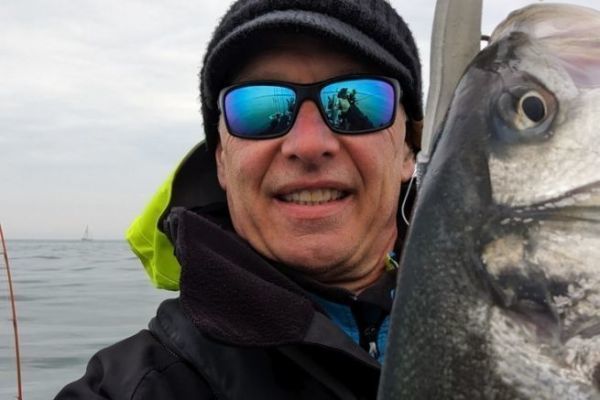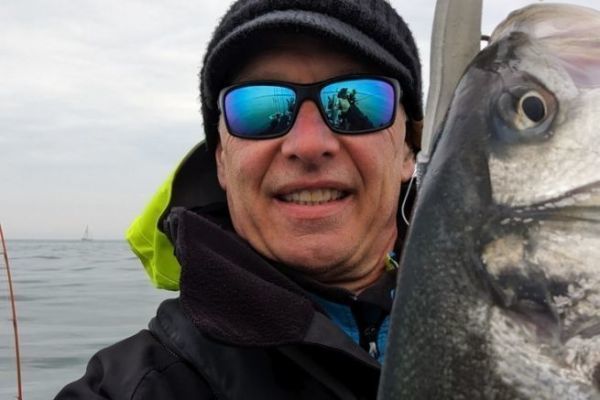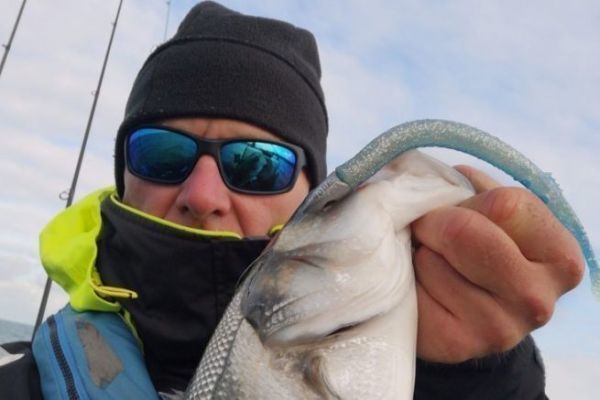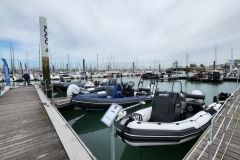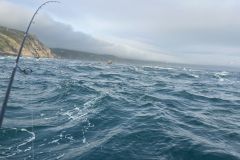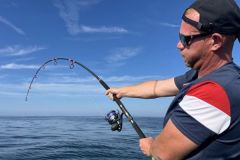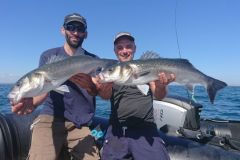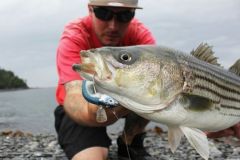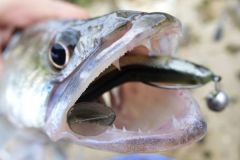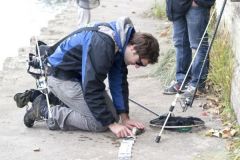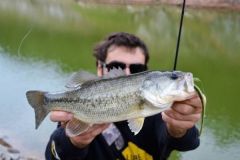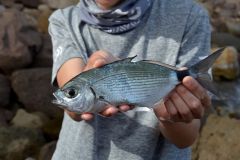Sea bass fishing grounds
Sea bass can be found in a wide variety of marine habitats, from beaches to rocks and estuaries. Depending on the region, you'll need to concentrate on one of these spots. What they all have in common: they are areas where the food is rich and easy to eat:
- Beaches and bays : baïnes, or tidal currents, are ideal for sea bass in search of food. Choose areas where the current stops or changes direction. Waves and currents stir up the bottom and bring in plenty of food.
- Rocks and counter-currents: sea bass also enjoy areas with little or no current, close to rocky structures, patiently waiting for prey while sheltering from the current. The sea bass seeks out the area closest to the current that brings food, while making the least possible effort.
- Places of passage : the exits of estuaries, creeks and mouths where fish are in transit are interesting fishing areas. Scout these areas on the move for active fish.
- Hunting : observe the surface of the water. If you notice fish hunting, forming upheavals on the surface, or birds diving to catch their prey, cast your lure right into the heart of the action.
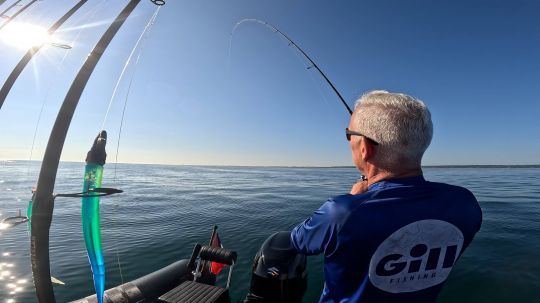
Have you found your spot or spots? Now let's take a look at the equipment you'll need to get started.
Equipment to start bass fishing
- Cane : opt for a 2.70 to 3-metre rod, capable of propelling your lures to a good distance if you're on the shore; and from 2.10 m to 2.40 m in a boat for good pulls. Its power should correspond to the fishing area (10-50 g for shallow or slow-moving areas, 20-60 g for deeper or fast-moving areas).
- Reel : a size 3 or 4 000 reel will be perfect on your rod. Choose models suitable for the sea to avoid corrosion problems and with a capacity of 250 to 300 metres of braid.
- Braid : braid is recommended for its strength and low elasticity. Despite wind and current, you'll be in direct contact with your lure. Choose a diameter between 12/100 and 16/100. The finer the line, the less likely it will be caught by wind and current. A 2 to 3 m fluorocarbon leader of 30 to 40/100 will complete your rig for greater discretion and abrasion resistance.
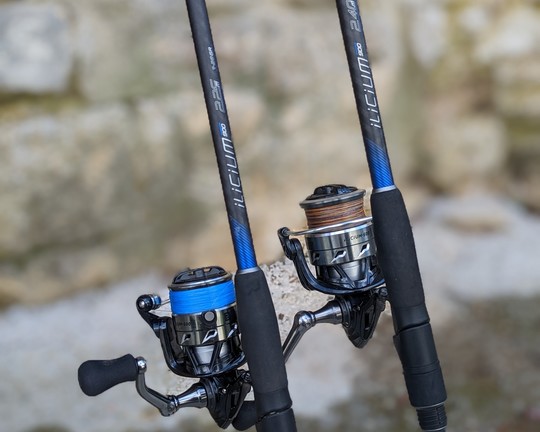
Now that we're equipped, let's choose our lures.
The different lures to start bass fishing
- Surface lures : imitating fish on the surface, they are perfect when bass are hunting high in the water. Their erratic swimming triggers the attacks. And I can tell you that the visual sensations are incredible.
- Jerkbaits : they allow you to fish below the surface, between 2 and 4 metres deep. Bring them back in a linear fashion, pushing a few twitches with your rod to make the lure jerk to one side or the other.
- Soft lures : versatile, they adapt to all depths depending on the weight of the sinker. Vary the colors: start with natural colors at the beginning of the season and dare to use the fluorescent colors appreciated by bass, especially at the end of the season. Animate them linearly from the bottom towards you or with jerky pulls.
- Jigs : these long-range metal lures have the advantage of being able to fish at different depths. Animate them in a linear fashion, with jerky shots or by letting the lure flutter along the bottom during pauses. Be careful not to let the lure touch the bottom during these pauses, as you risk losing it.
Tip
Start by fishing on the surface, then explore the lower layers of water if no hits have been made. This approach allows you to explore all the areas where bass may be found, starting at the top. If you do the opposite, you run the risk of frightening the bass in the water layer with the passage of your braid.
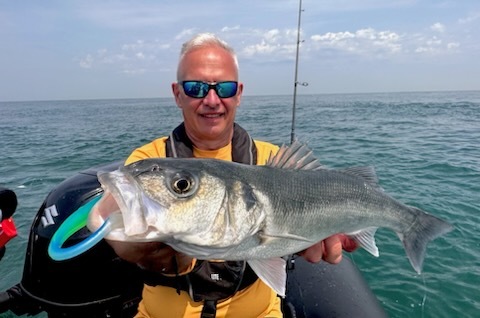
Sea bass fishing is much more accessible than you might think. Whether you're a beginner or an experienced angler, you'll enjoy the thrill of the catch. By following my advice, choosing the right equipment and mastering a few basic techniques, you'll be well on your way to catching your first bass. Don't forget to respect the environment and local regulations to avoid any worries.

 /
/ 